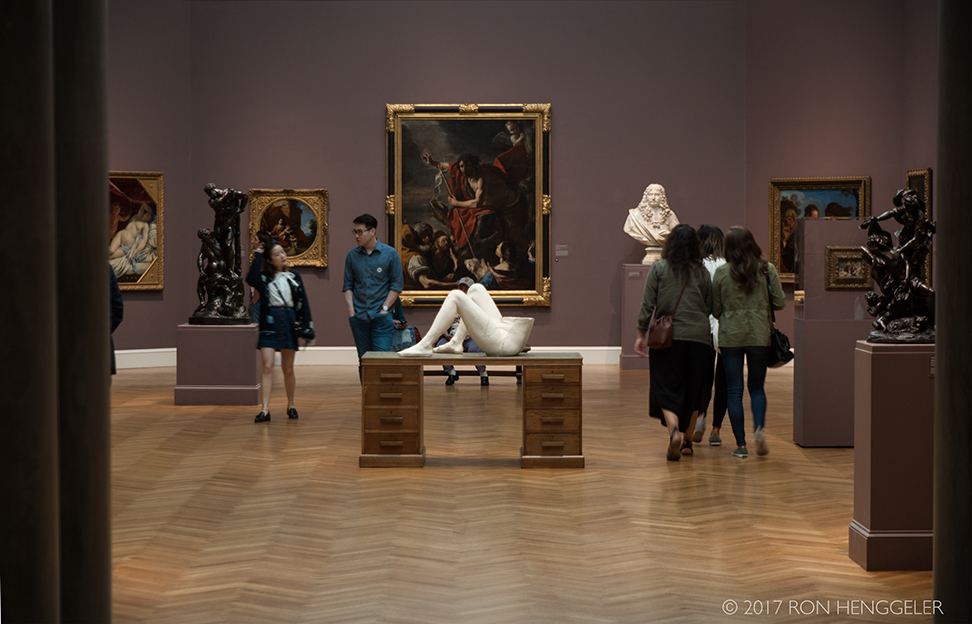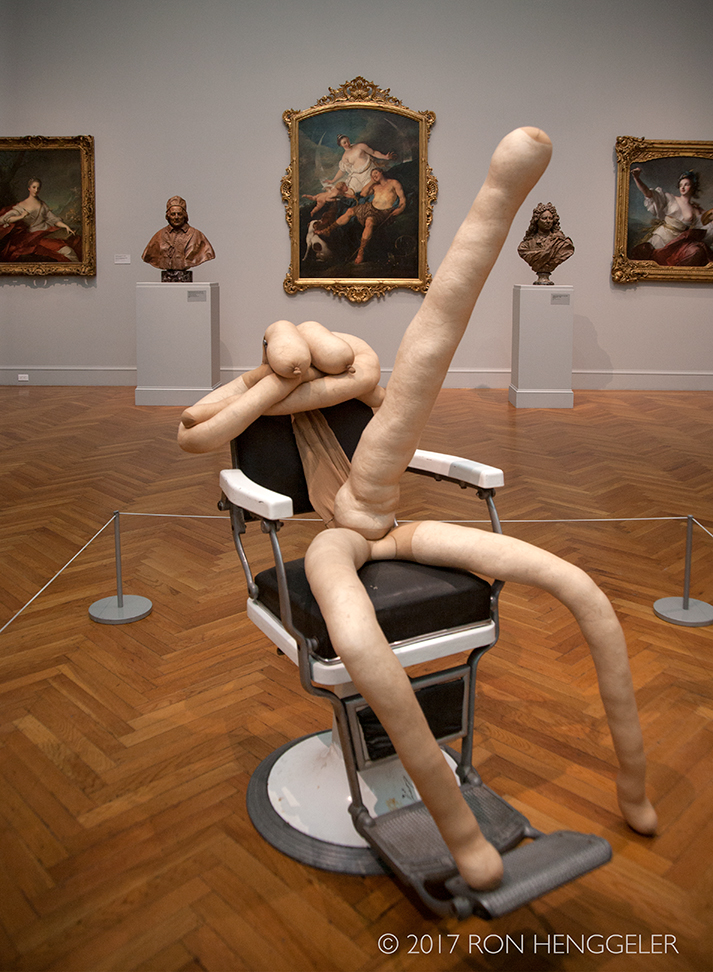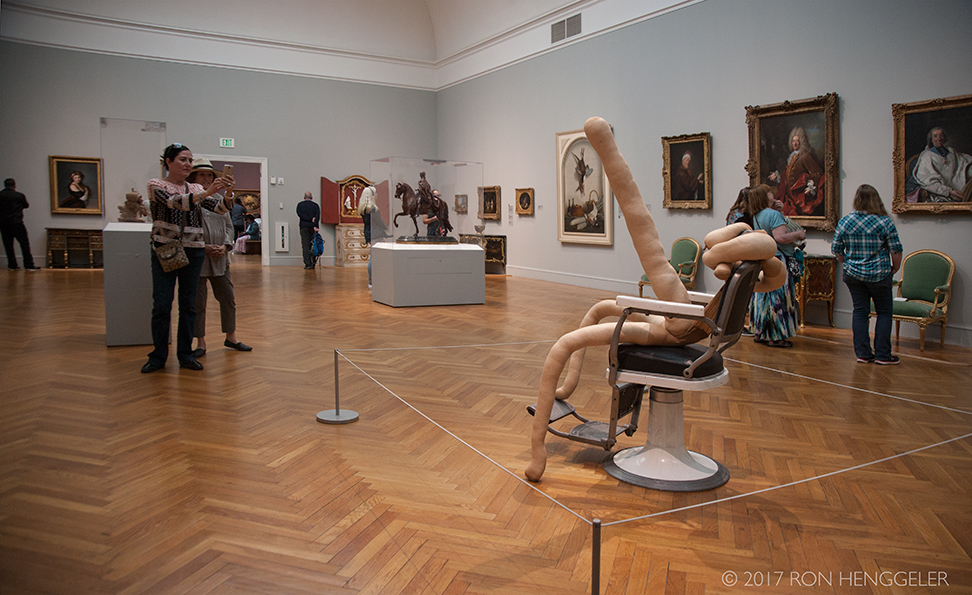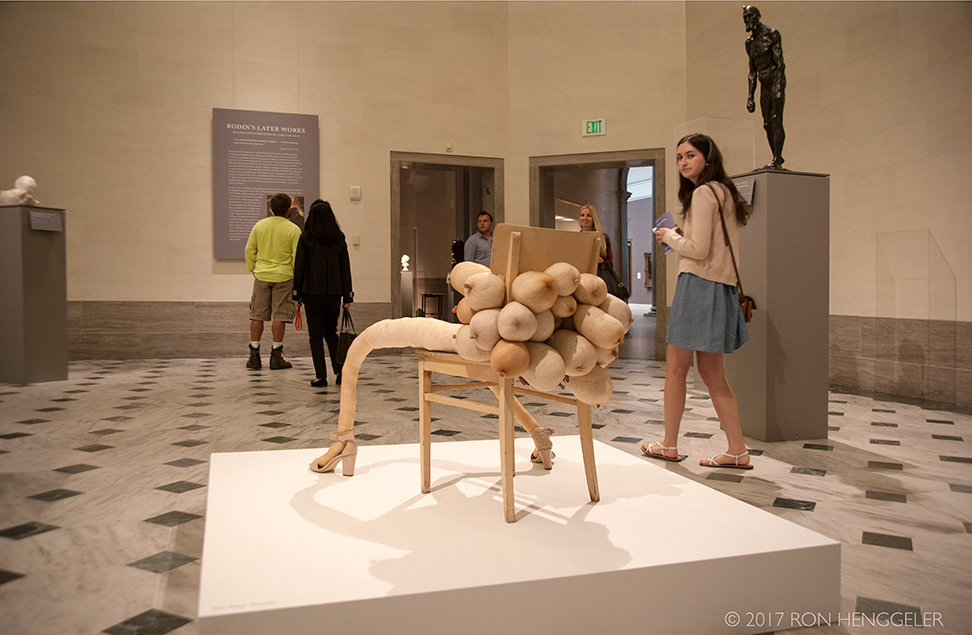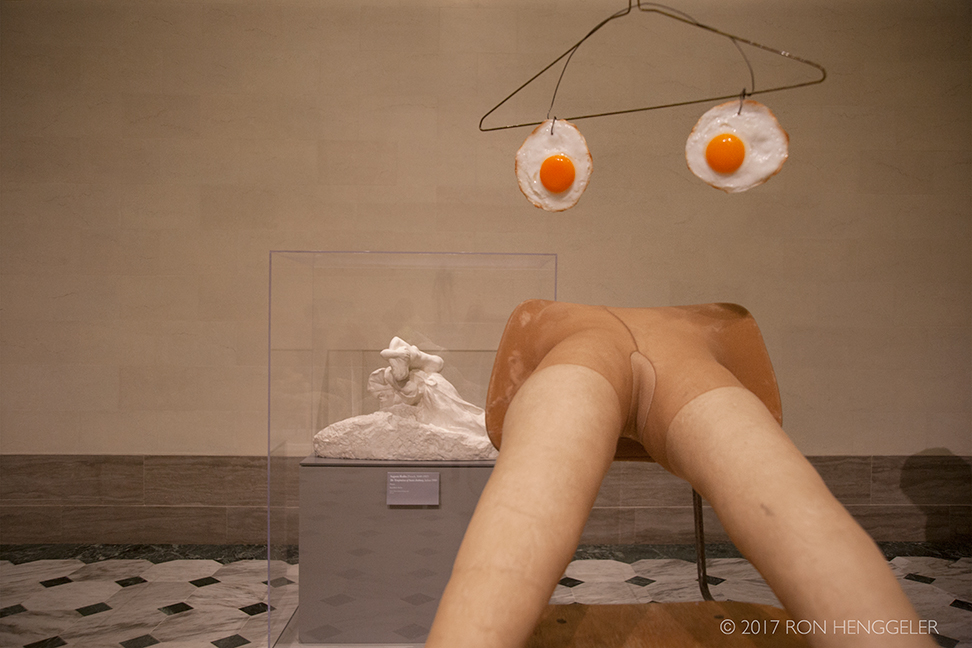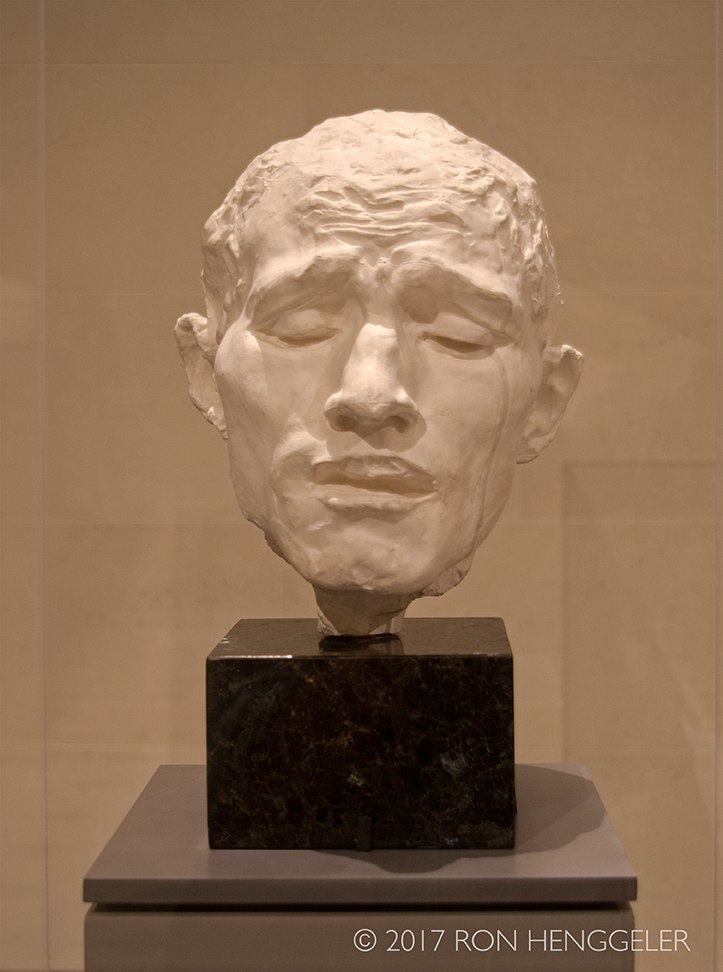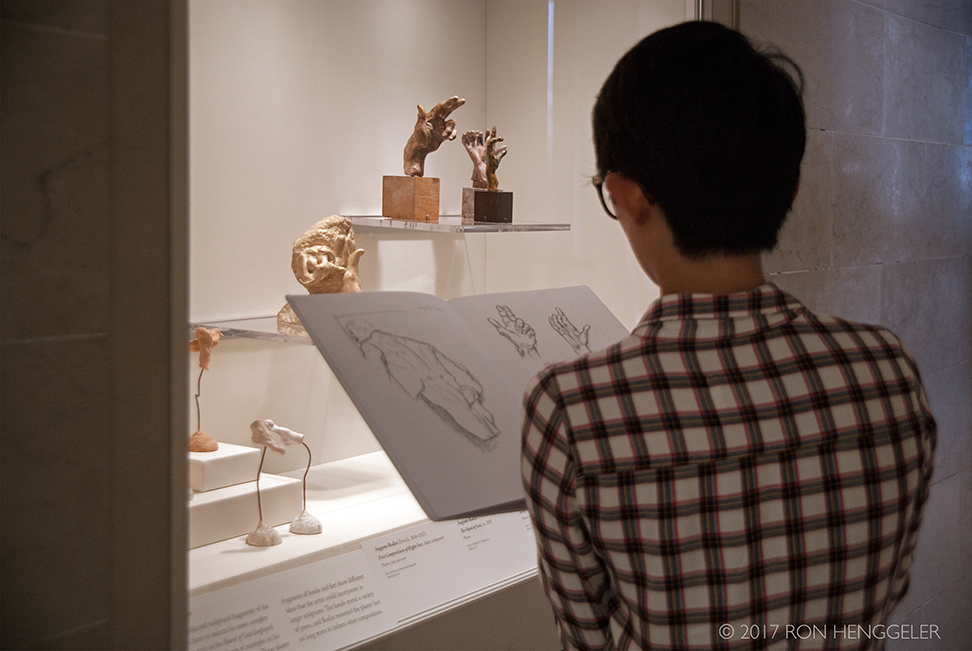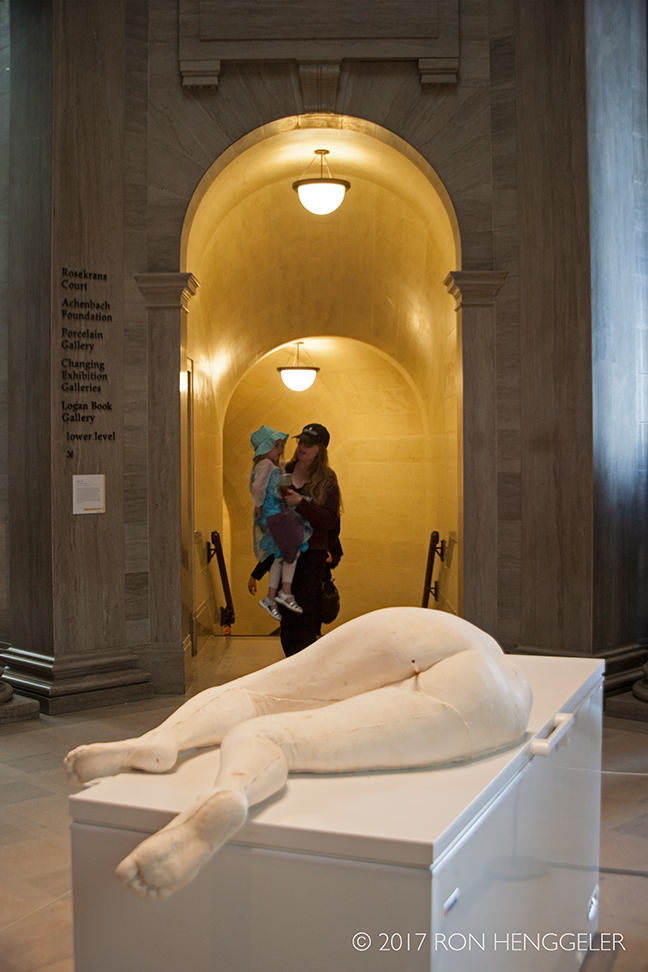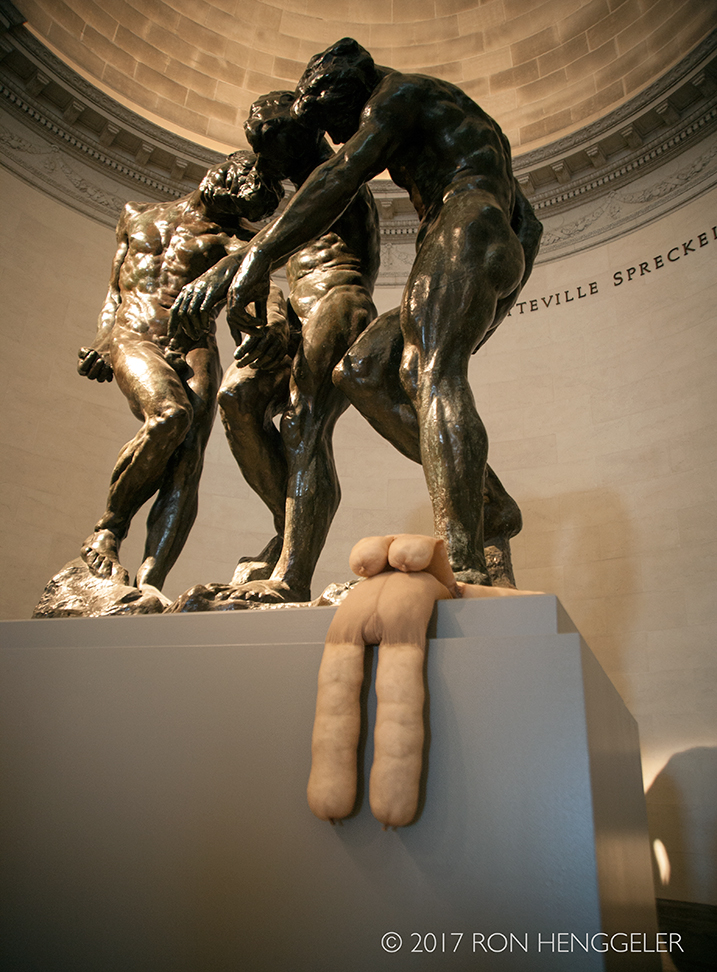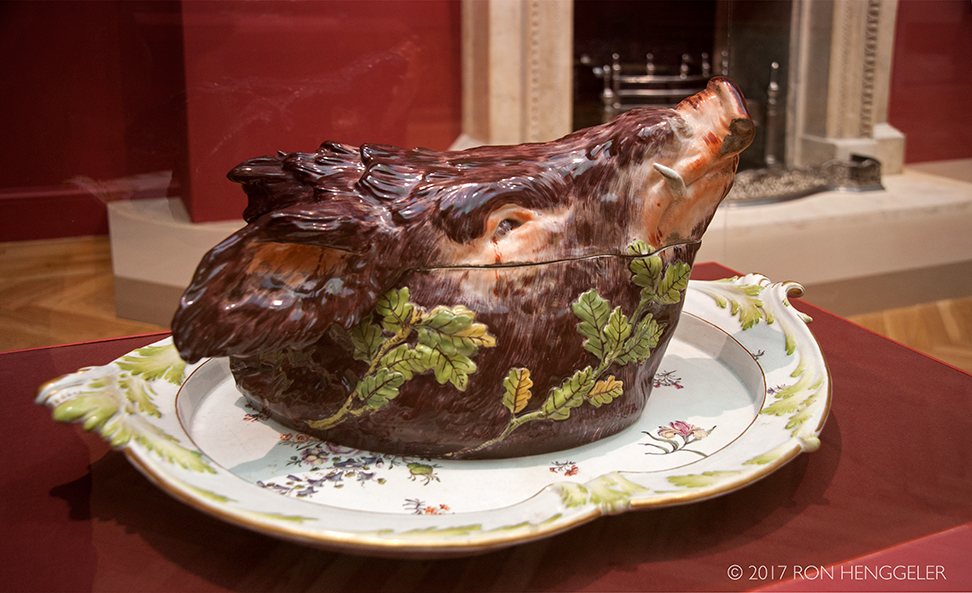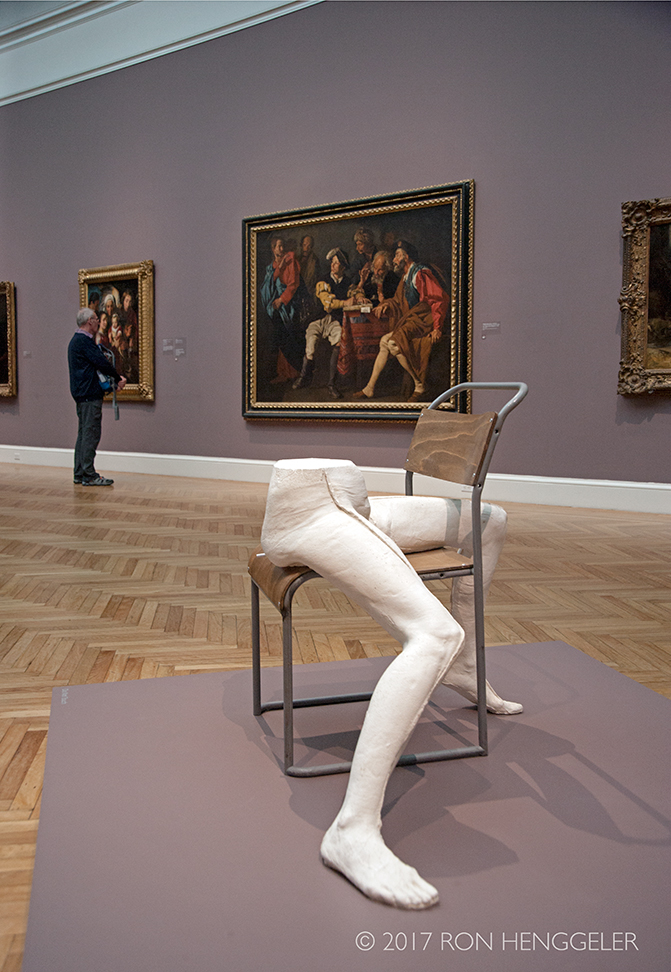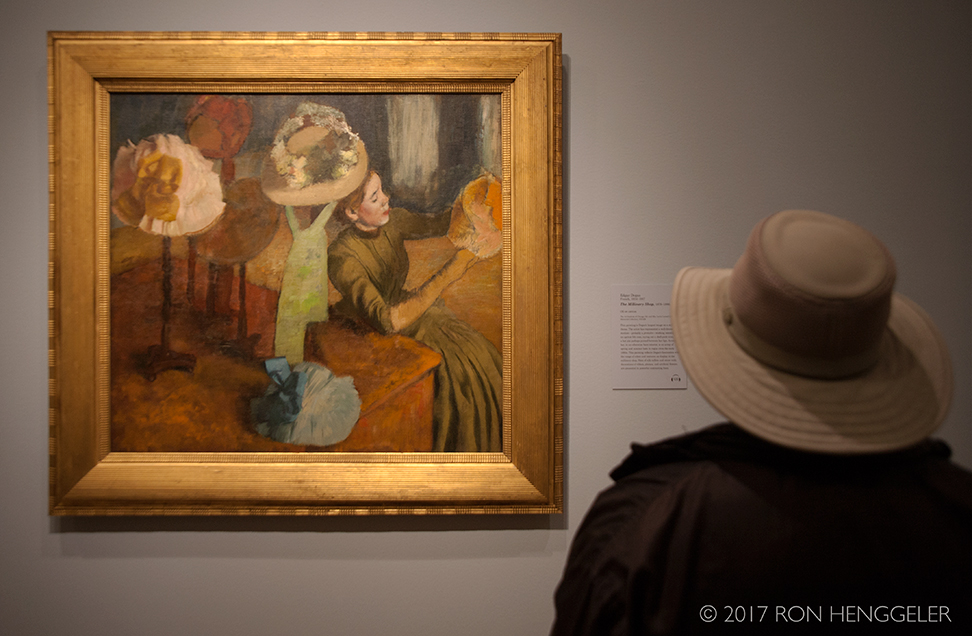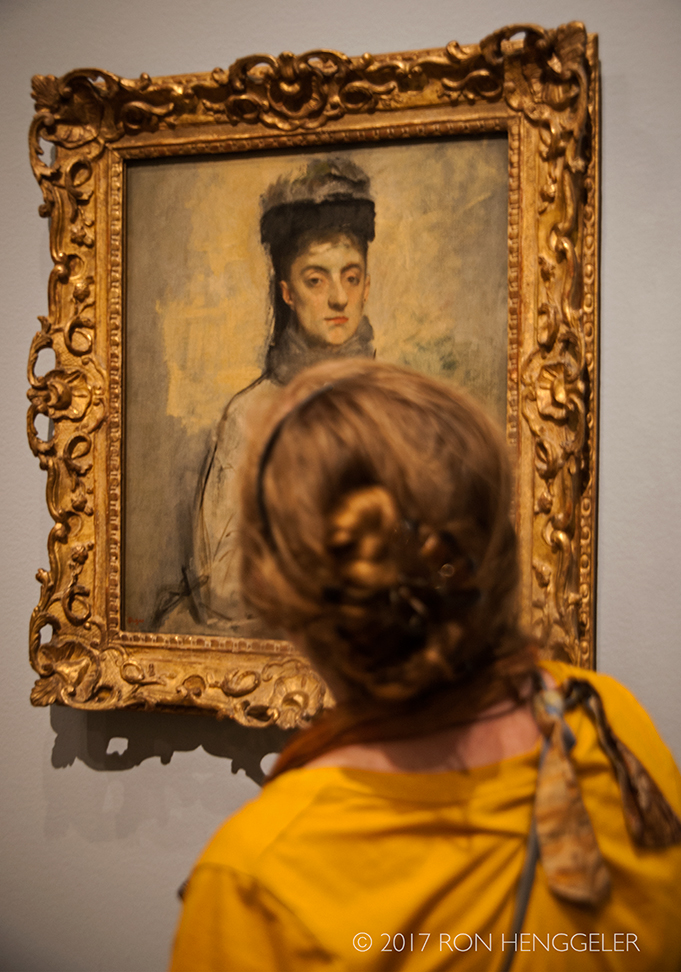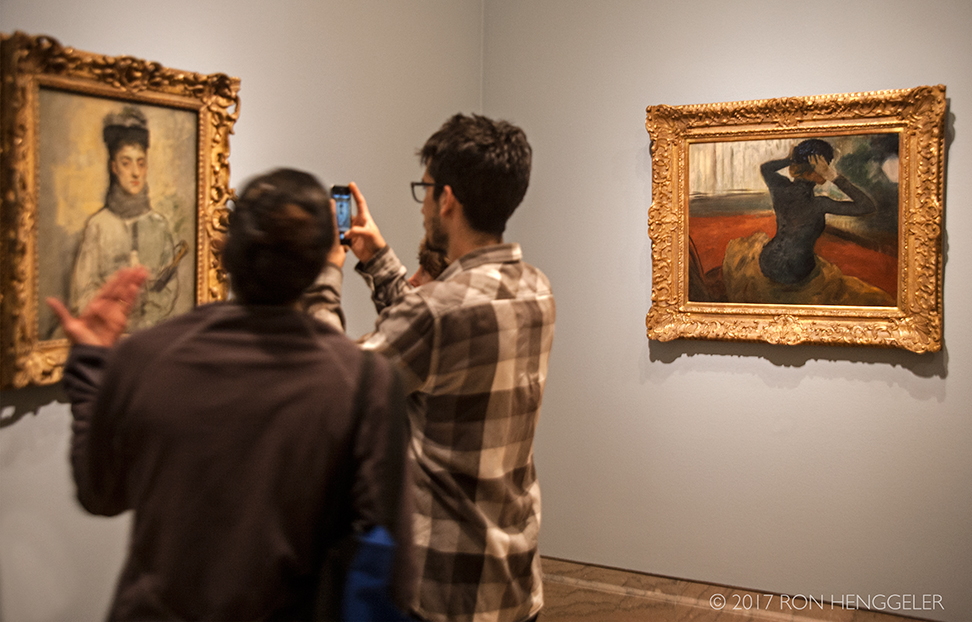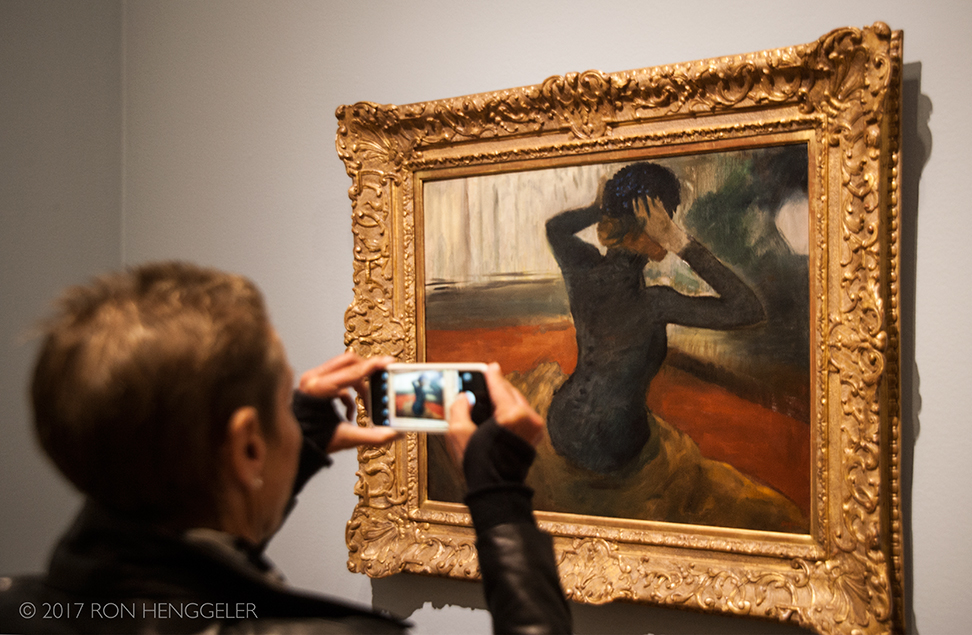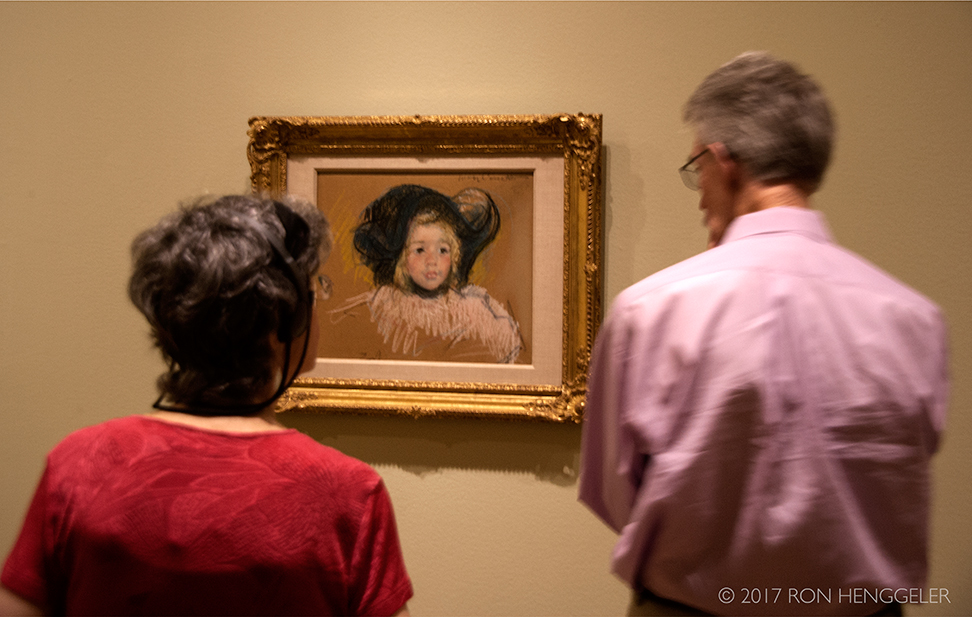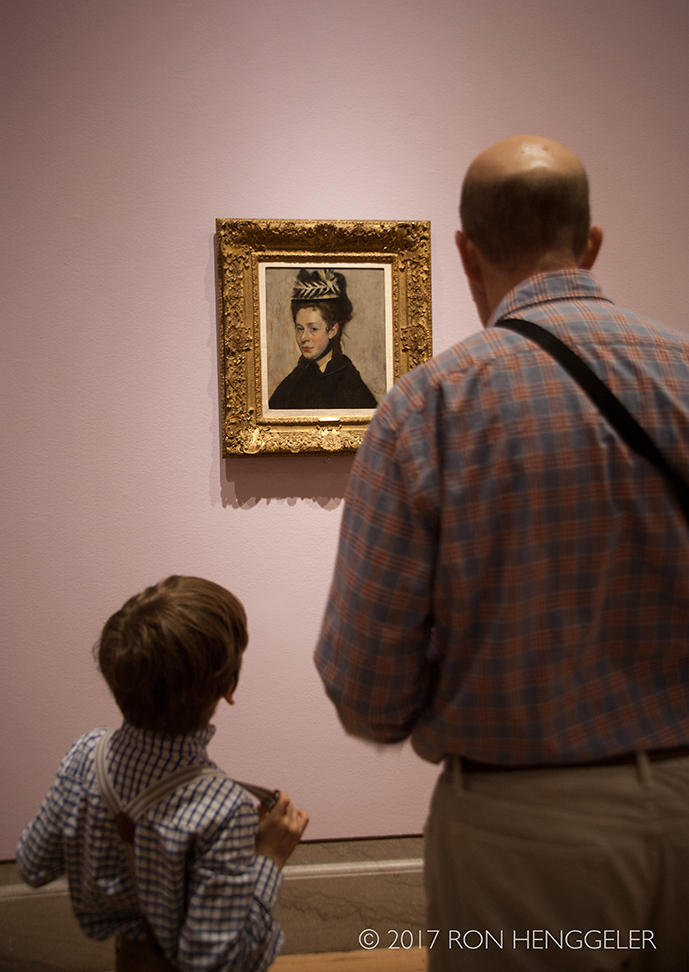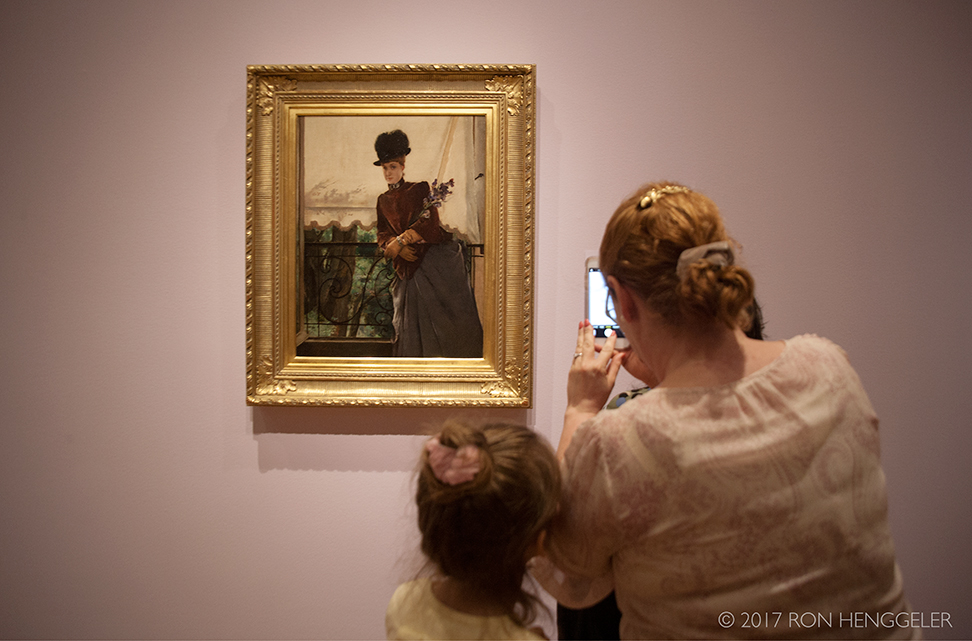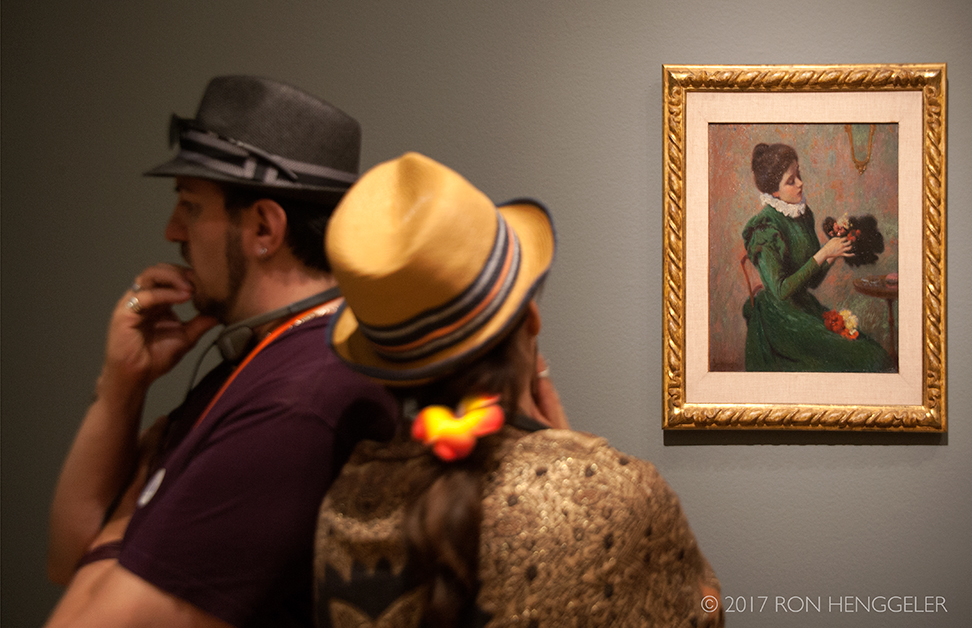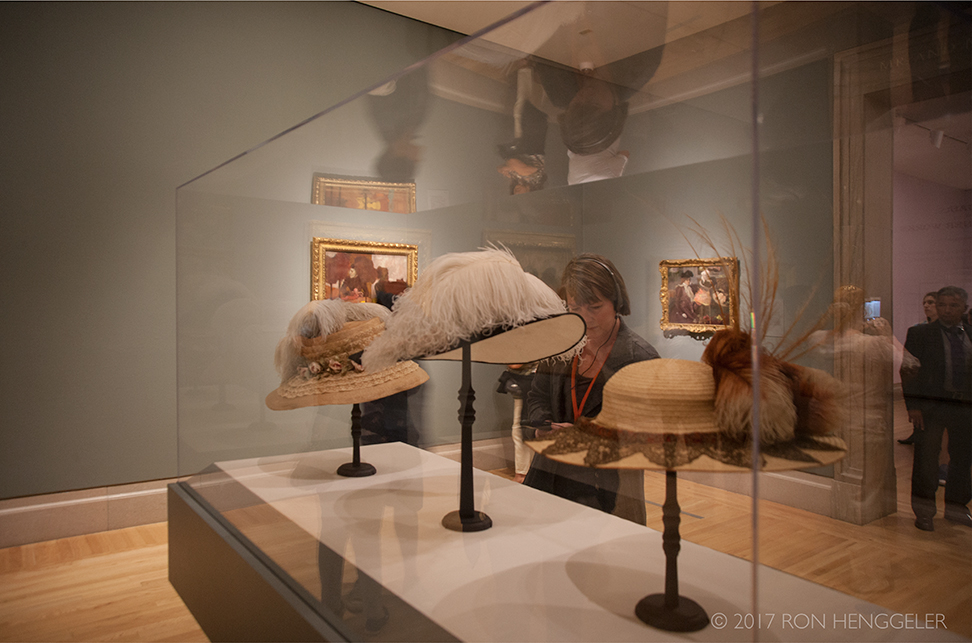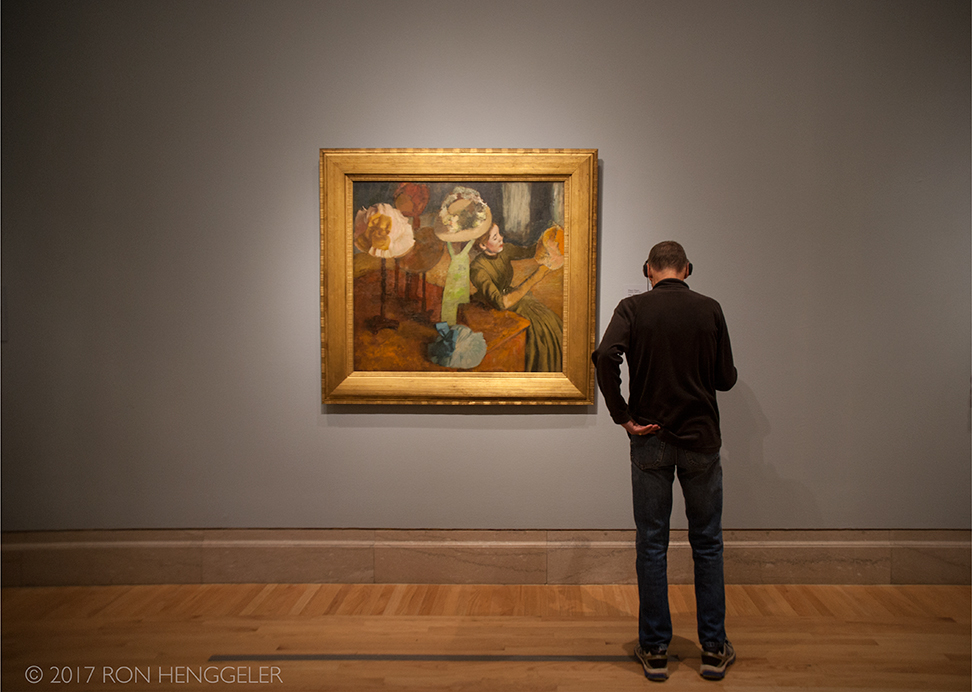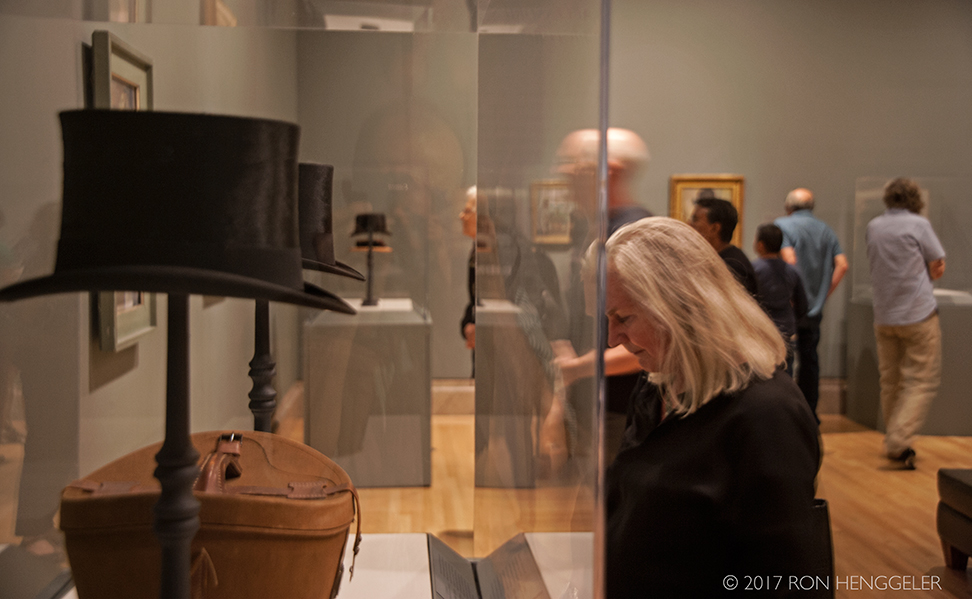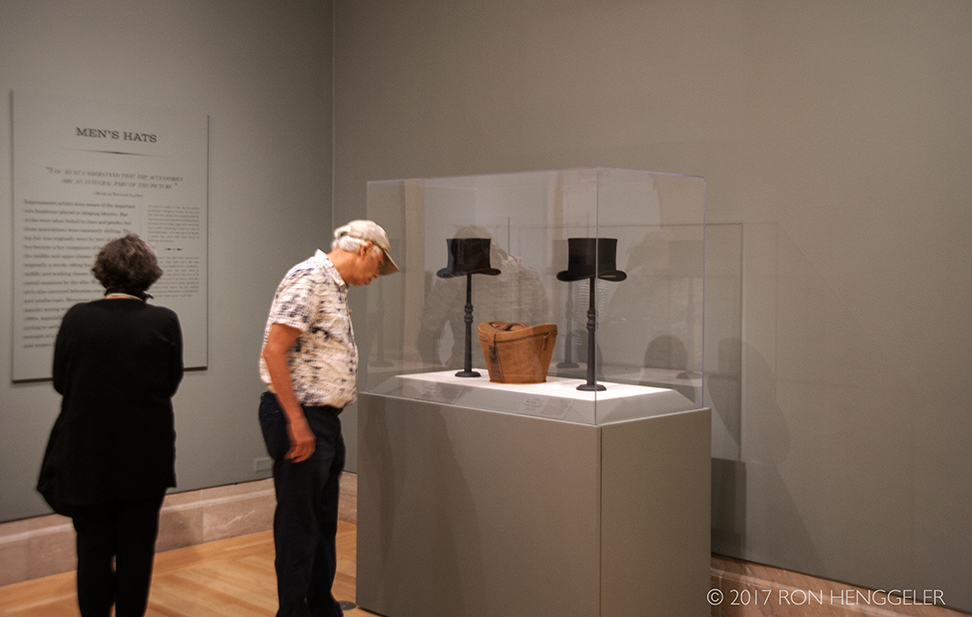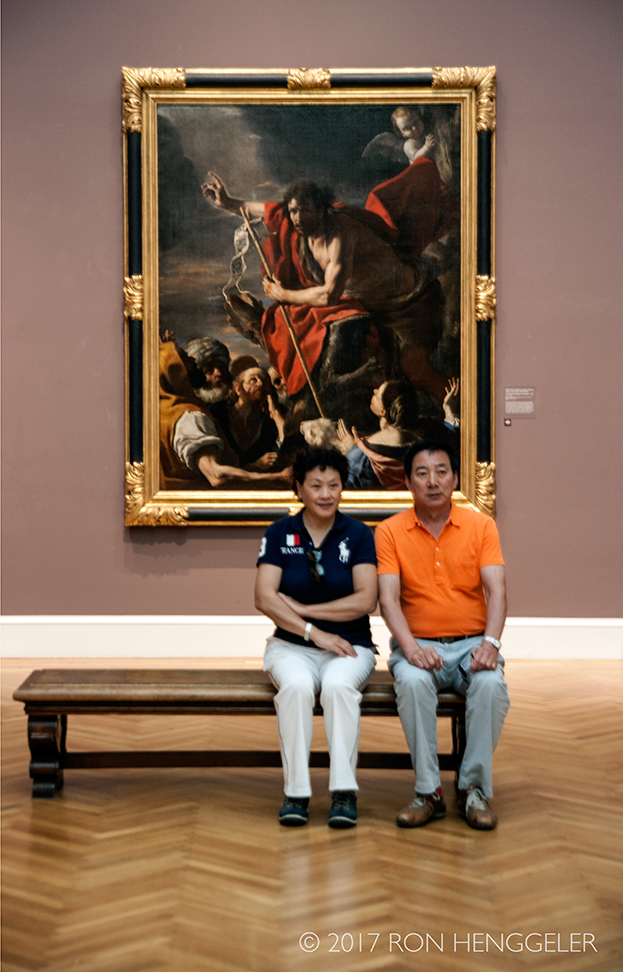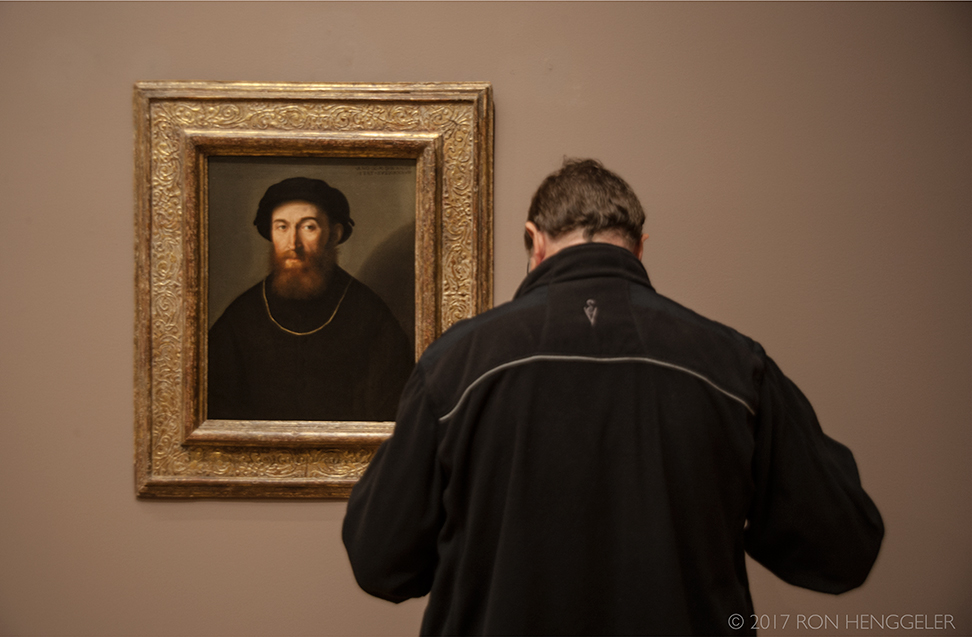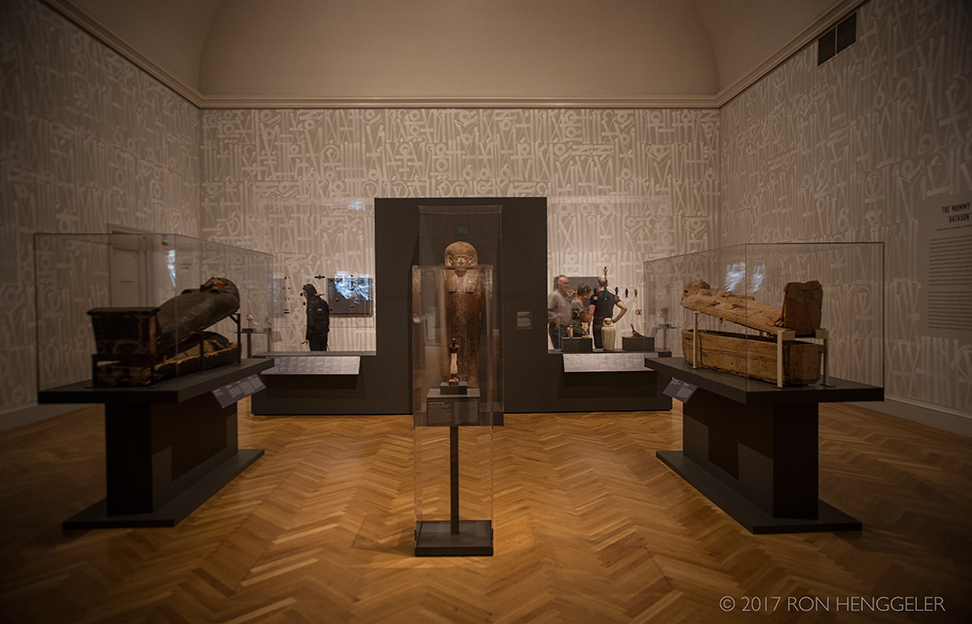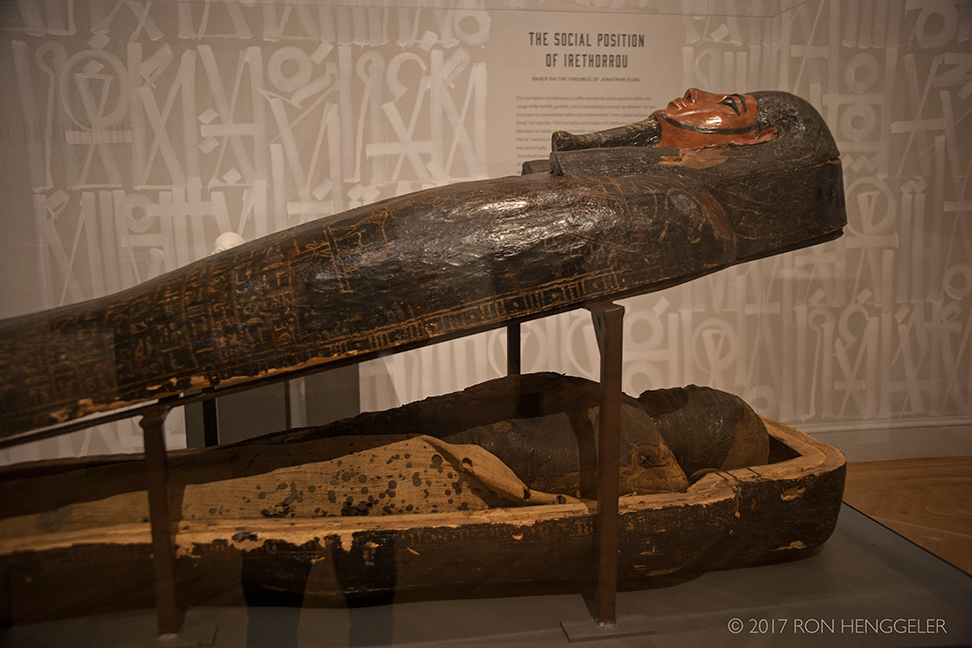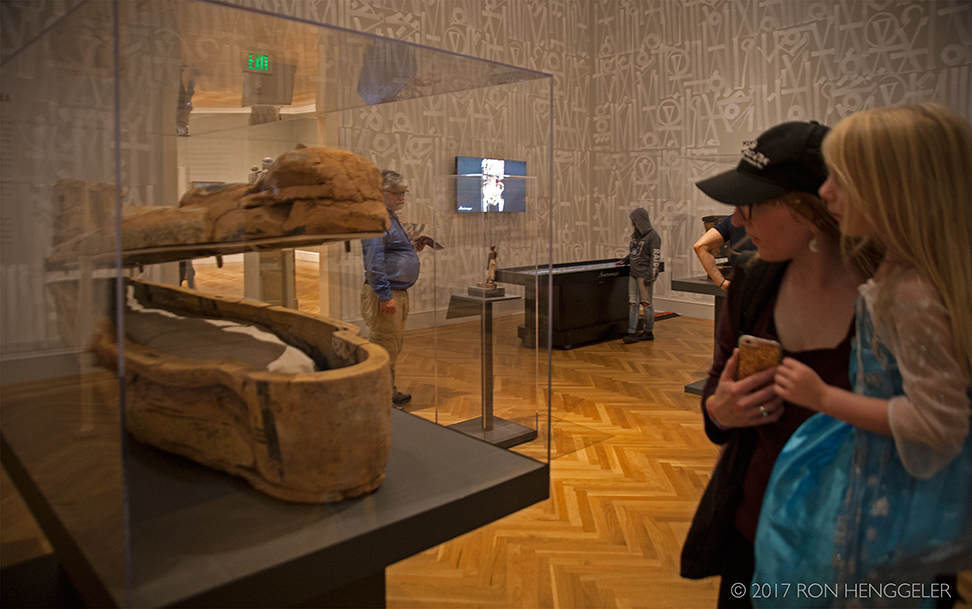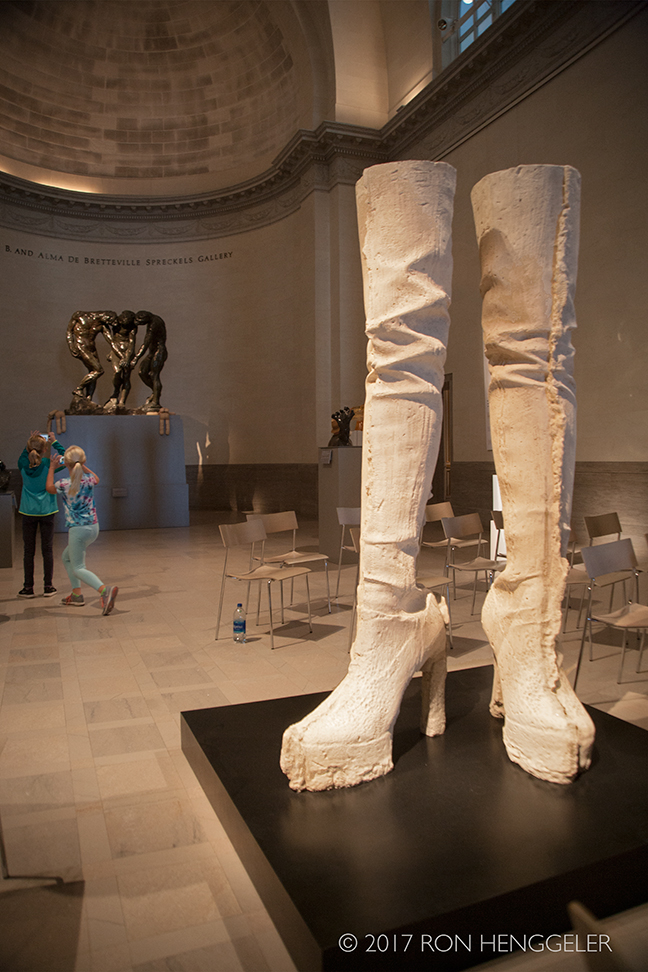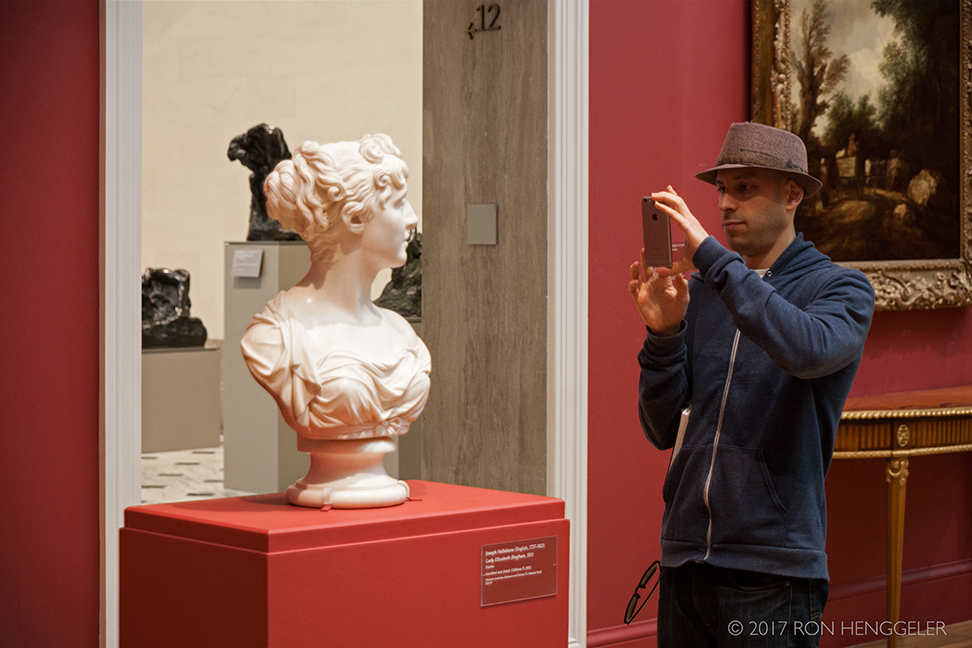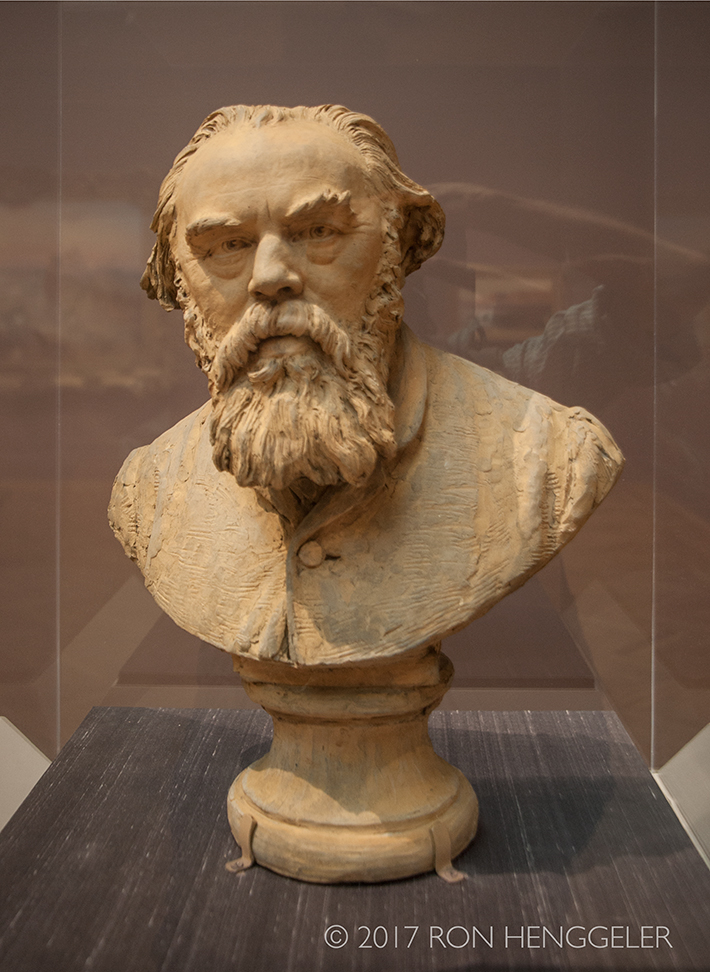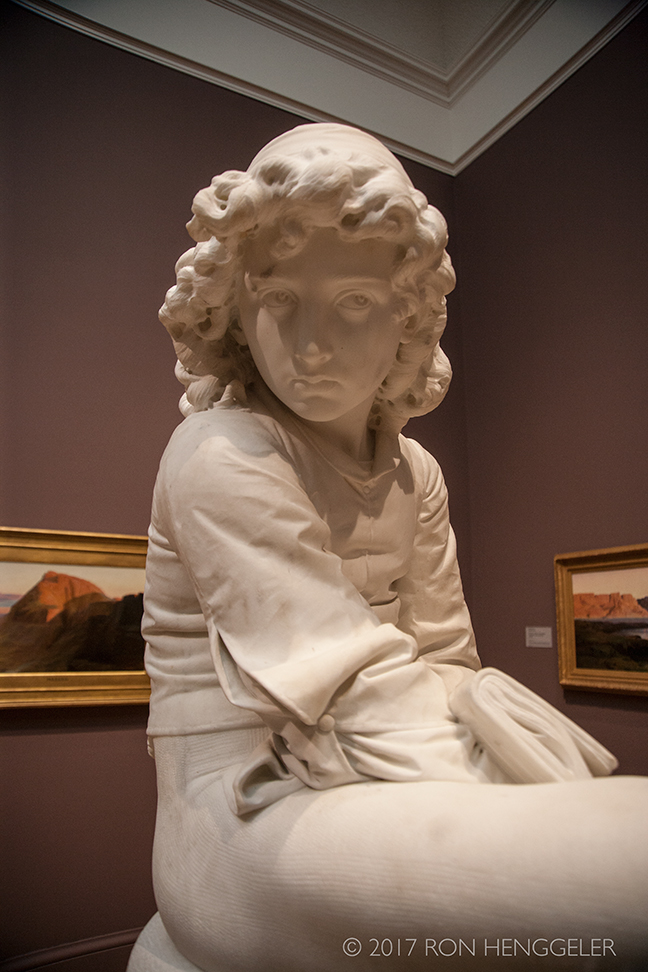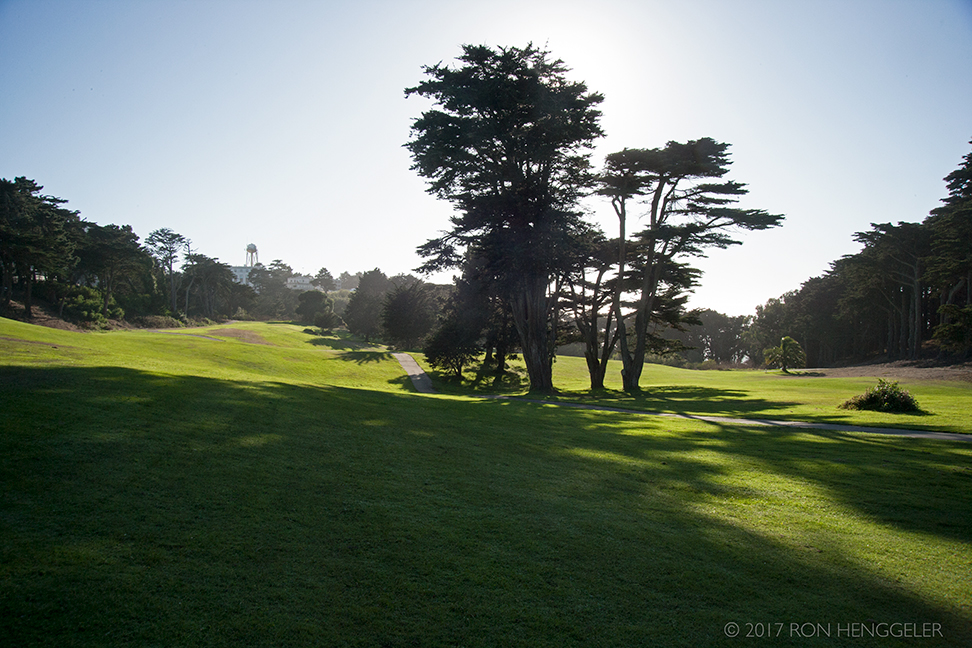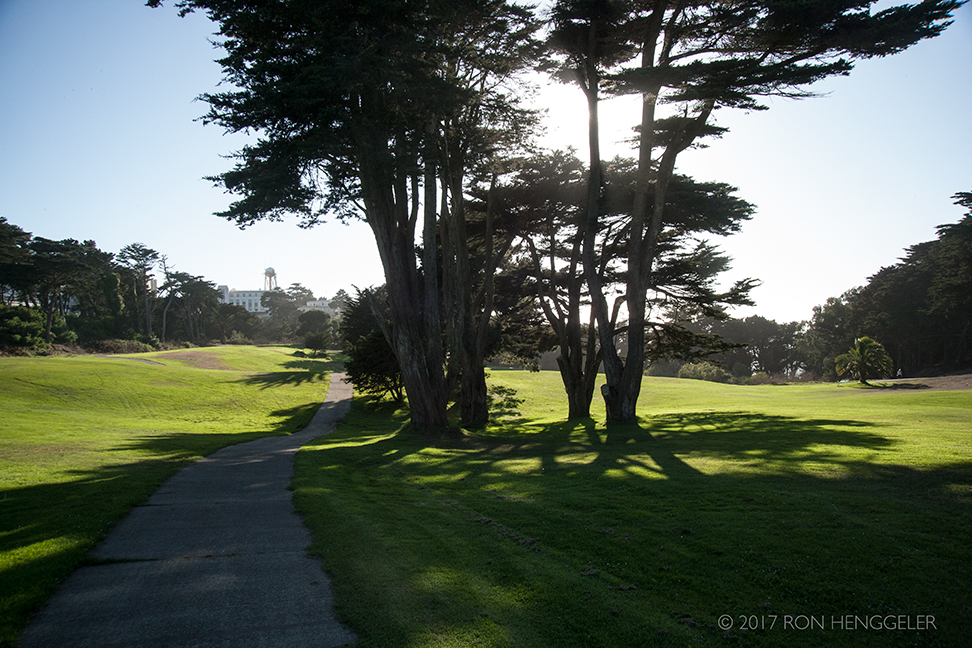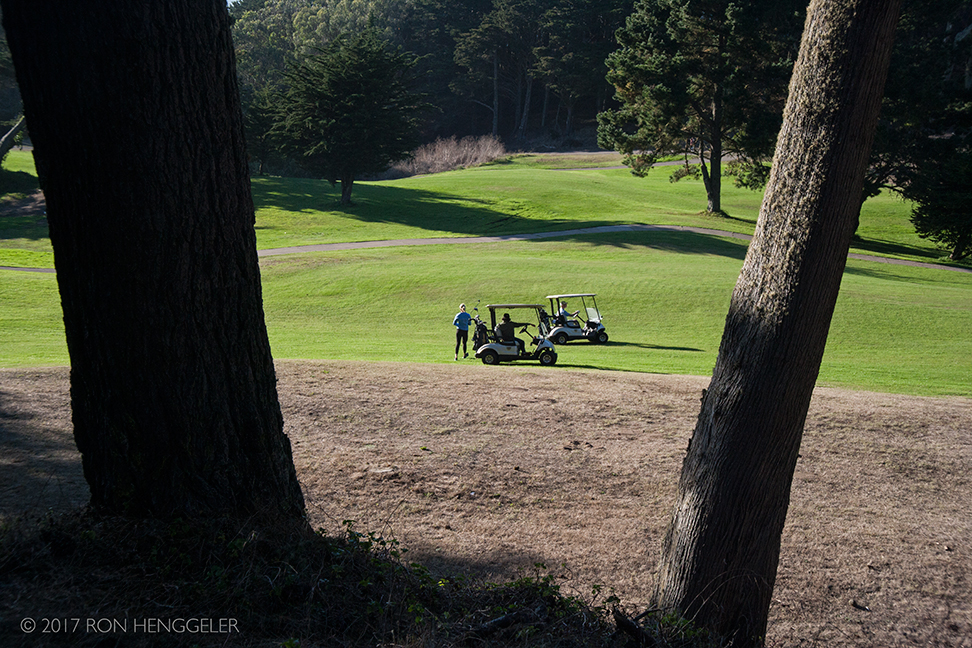RON HENGGELER |
September 21, 2017
A visit to the Legion of Honor to see Degas, Sarah Lucas, and two Egyptian mummies, Irethorrou and Hatason
Headstone and the burial place of Francisco, in the front yard |
Busstop on Fulton at Masonic in San Francisco |
Sarah Lucas: Good MuseJuly 15, 2017 – September 17, 2017Sarah Lucas has gained notoriety for creating sculptures and installations that showcase the innate crudeness of stereotypical conceptions of gender and sexuality. From the outset, Lucas has used self-portraiture to debunk conservative notions of femininity, adopting stances associated with male behavior that purposefully foster sexual ambiguity. Lucas’s penchant for androgyny has also filtered into her sculpture, with bodies that flaunt both male and female attitudes and attributes and deny any clear association with either.Margot, 2015by Sarah Lucas |
Michele, 1015by Sarah Lucas |
Pauline, 2015by Sarah Lucas
|
Michele, 1015by Sarah Lucas |
INNAMEMORABILIAMUMBUM, 2016by Sarah Lucas |
INNAMEMORABILIAMUMBUM, 2016by Sarah Lucas |
Titti Doris, 2017by Sarah Lucas |
In conjunction with Auguste Rodin: The Centenary Installation, the Legion of Honor has invited Lucas to bring a contemporary perspective to our understanding and appreciation of Rodin. Purposefully confrontational in its allusions to sexual acts, both verbal and physical, her work highlights Rodin’s erotic side, albeit confronting his idealizing male gaze with work that takes a demonstrative stance against female objectification and for the empowerment of woman.Titti Doris, 2017by Sarah Lucas |
Washing Machine Fried Egg, 2016by Sarah Lucas |
Detail of Washing Machine Fried Egg, 2016by Sarah Lucas |
Head of Pierre de Wiessant, ca. 1886by Auguste Rodin |
Titti Doris, 2017by Sarah Lucas |
|
Margot, 2015by Sarah Lucas |
Jubilee, 2017by Sarah Lucas |
Jubilee, 2017by Sarah Lucas |
The Three Shades, 1898by Auguste RodinTit Teddy (Gates of Hell), 2017by Sarah Lucas |
The Three Shades, 1898by Auguste RodinTit Teddy (Gates of Hell), 2017by Sarah Lucas |
Boar's Head tureenEngland, ca. 1754Chelsea Manufactory |
by Sarah Lucas |
by Sarah Lucas |
Pauline, 2015by Sarah Lucas |
Christ at the Column, 1632by Pieter Fransz, de Grebber |
Degas, Impressionism, and the Paris Millinery TradeJune 24, 2017 – September 24, 2017Degas, Impressionism, and the Paris Millinery Trade features approximately 40 Impressionist paintings and pastels, including key works by Degas—many never before exhibited in the United States—as well as those by Pierre-Auguste Renoir, Édouard Manet, Mary Cassatt, Henri de Toulouse-Lautrec and 40 exquisite examples of period hats.Montmartre par Renault et Chateau (Montmartre by G. renault and H. Chateau), ca. 1897by Maxime Dethomas |
Woman Viewed from Behind (Visit to a Museum), ca. 1879-1885by Egdar Degas |
Best known for his depictions of Parisian dancers and laundresses, Edgar Degas (French, 1834-1917) was enthralled with another aspect of life in the French capital—high-fashion hats and the women who created them. The artist, invariably well-dressed and behatted himself, “dared to go into ecstasies in front of the milliners’ shops,” Paul Gauguin wrote of his lifelong friend.from: Degas, Impressionism, and the Paris Millinery Trade
|
Degas’ fascination inspired a visually compelling and profoundly modern body of work that documents the lives of what one fashion writer of the day called “the aristocracy of the workwomen of Paris, the most elegant and distinguished.” Yet despite the importance of millinery within Degas’s oeuvre, there has been little discussion of its place in Impressionist iconography. |
The exhibition will be the first to examine the height of the millinery trade in Paris, from around 1875 to 1914, as reflected in the work of the Impressionists. At this time there were around 1,000 milliners working in what was then considered the fashion capital of the world.from: Degas, Impressionism, and the Paris Millinery Trade Woman With an Unbrella (Berthe Jeantaud), 1876by Edgar Degas |
|
At the Theatre: Woman Seated in the Balcony, ca. 1877-1880by Edgar Degas |
Mary Cassatt, ca. 1880-1884by Edgar Degas |
Woman With a Dog, ca. 1875-1880by Edgar Degas |
Young Girls Looking at an Album, ca. 1892by Pierre Auguste Renoir |
Head of Simone in a Green Bonnet with Wavy Brim (no.2), ca. 1904by Mary Cassatt |
Madame Guillemet, 1880by Edouard Manet |
Head of a Woman, ca. 1887-1890by Edgar Degas |
Head of a Woman, ca. 1887-1890by Edgar Degas |
Portrait of Mademoiselle Dubois, 1884by Alfred Stevens |
Portrait of Madame J (Young Woman in Black), 1883by Mary Cassatt |
The Milliners, ca. 1882-before 1905by Edgar Degas |
The Milliner, 1895-1900by Frederico Zandomeneghi |
|
The Milliners, 1898by Edgar Degas |
The Millinery Shop, ca. 1879-1886by Edgar Degas |
|
Degas Wearing a Hat, 1876by Marcellin Desboutin |
|
Old Woman, ca. 1618-1619by Goerges de La Tour |
Pauline, 2015by Sarah Lucas |
St. John the Baptist Preaching, ca. 1665by Mattia Preti called Il Calabrese |
Portrait of a Man, ca. 1540Attributed to Lorenzo Lotto |
The Future of the Past: Mummies and MedicineMay 14, 2016 – August 26, 2018Ancient Egypt meets modern medicine in this exhibition that makes use of state-of-the-art scientific techniques to explore two of the Fine Arts Museums’ mummies. An interdisciplinary team of scientists, Egyptologists, physicians, and museum curators and conservators has learned more about how these embalmed individuals lived, died, and were prepared for eternity.Text from: The Future of the Past: Mummies and Medicine |
One of the mummies investigated is that of Irethorrou, a priest from an important family living in Akhmim in middle Egypt about 2,600 years ago. The Future of the Past includes information that has been gleaned about Irethorrou’s lifestyle, the society in which he lived, his religion, and the funerary beliefs of his time.Text from: The Future of the Past: Mummies and Medicine |
The second mummy, perhaps 500 years older, is that of a woman traditionally known as “Hatason.” Neither her mummy nor her coffin has fared as well as those of Irethorrou, and they present a stark contrast to Irethorrou’s perfectly preserved body.Text from: The Future of the Past: Mummies and Medicine |
Hatason |
Hatason |
|
Madonna and Child with Two Angels, ca. 1525Studio of Pontormo |
Martyrdom of Saint Bartolomeo, ca. 1660by Luca Giordano |
Jubilee, 2017by Sarah Lucas |
Lady Elizabeth Bingham, 1810by Joseph Nollekens |
Mary Queen of Scots, ca. 1860-1869by Albert-Ernest Carrier-Belleuse |
The Assuaging of the Waters, 1840by John Martin |
Albert Ladovici (1820-1894), 1873by Aime-Jules Dalou |
The Impresario, 1877by Edgar Degas |
|
Washing Machine Fried Egg, 2016by Sarah Lucas |
Lincoln Park Golf Course surrounding the Legion of Honor in San Francisco(Fort Miley VA Medical Center in the background) |
Lincoln Park Golf Course surrounding the Legion of Honor in San Francisco(Fort Miley VA Medical Center in the background) |
Lincoln Park Golf Course surrounding the Legion of Honor in San Francisco |
Lincoln Park Golf Course surrounding the Legion of Honor in San Francisco |
Newsletters Index: 2019, 2018, 2017, 2016, 2015, 2014, 2013, 2012, 2011, 2010, 2009, 2008, 2007, 2006
Photography Index | Graphics Index | History Index
Home | Gallery | About Me | Links | Contact
© 2019 All rights reserved.
The images are not in the public domain. They are the sole property of the
artist and may not be reproduced on the Internet, sold, altered, enhanced,
modified by artificial, digital or computer imaging or in any other form
without the express written permission of the artist. Non-watermarked copies of photographs on this site can be purchased by contacting Ron.



